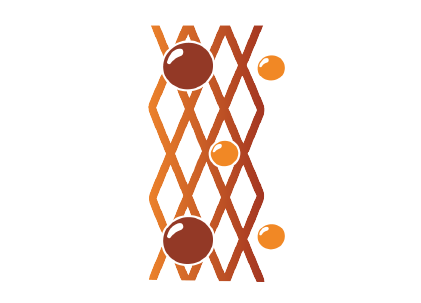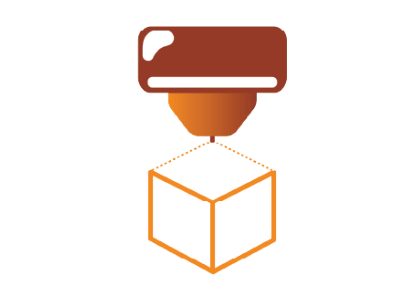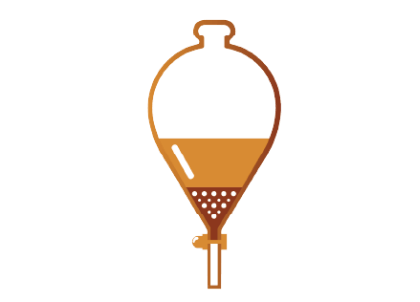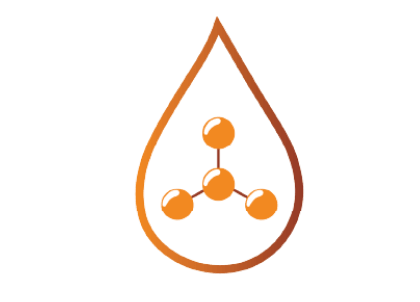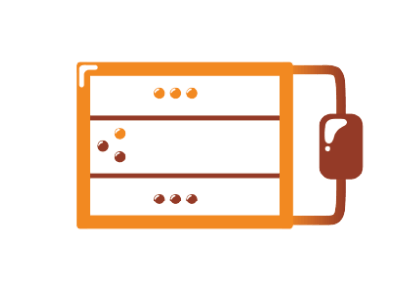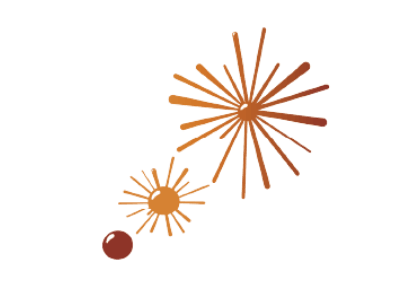Series of Quickfire interviews
The European Union (EU) is highly dependent on foreign markets for its supply of critical raw materials (CRM, as defined by the European Commission). The European Horizon2020 project ‘Sea4Value’ aims to contribute to the solution of this issue by extracting minerals from seawater brine resulting from desalination processes. Starting with an analysis of 150 samples of seawater and brines at different locations we have identified 10 – mainly critical – raw materials to focus our extraction technologies on. Furthermore, we found that the mineral composition is highly location-dependent. With different cutting-edge mineral extraction technologies being developed within the project and installed in a modified shipping container – the ‘moving lab’ – , we want to test this mineral specific recovery on site. This is a potential solution that could not only decrease the dependency and reliance on markets outside the European Union, but also turn brine into a valuable resource. Desalination plants diversify from purely water factories into chemical factories, where there is a stream to extract chemical compounds in addition to the production of fresh water.
In an interview series with some researchers we tried to explain the most important aspects of the project.
